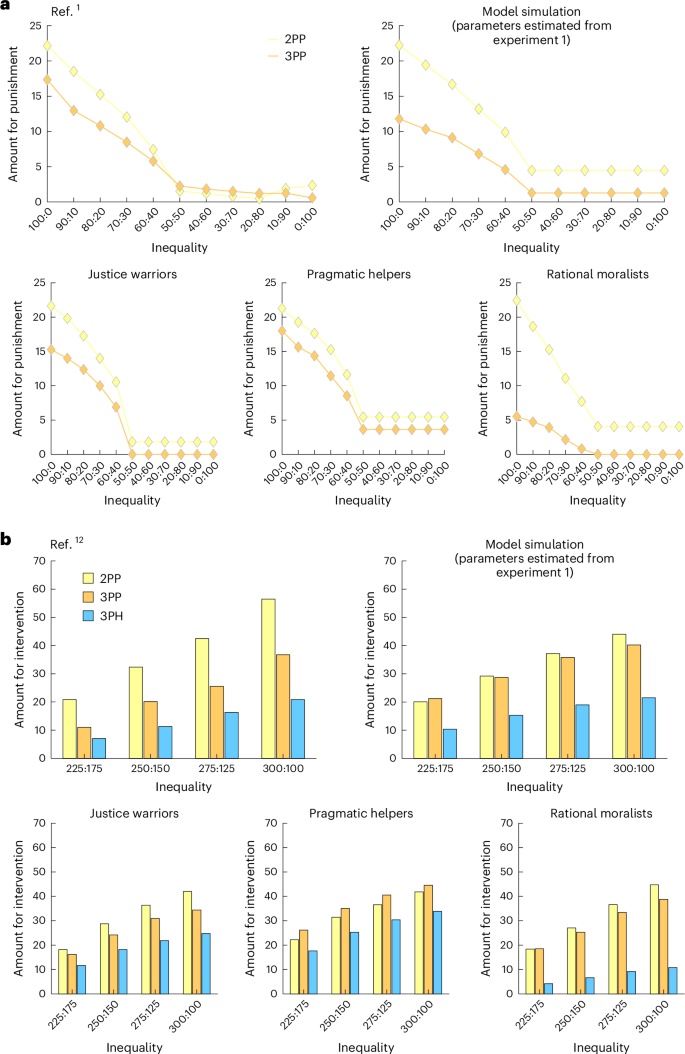Peking University, October 6, 2024: While many social and economic theories propose that individuals are primarily motivated by self-interest, there still exist “everyday heroes” who hope to enhance the welfare of others. For instance, we often witness acts like standing up to bullying or donating to disaster-struck areas. Scientists are trying to uncover the mystery of altruism: what promotes altruistic "third-party intervention"?
With a brand-new framework dubbed the “motive cocktail” model, Peking University (PKU) researchers unveil the multi-faceted, interdependent motives behind altruistic behavior of humans.
In a paper published in Nature Computational Science on September 12, 2024, a research team led by Zhang Hang from the School of Psychological and Cognitive Sciences at PKU and Liu Chao from Beijing Normal University explored the cognitive mechanisms underlying third-party intervention decisions, driven by a complex interplay of seven socioeconomic motives. Titled “The motive cocktail in altruistic behaviors,” the paper uses experimental paradigms and computational modeling to demonstrate how people integrate multiple factors in social contexts to make intervention decisions. An accompanying commentary, “Deconstructing the compounds of altruism,” further discusses these findings.
Why it matters:
This issue of altruistic behavior has been widely concerned in fields like psychology, neuroscience, economics, evolutionary biology, and more. So far, no singular theoretical model can satisfactorily explain the diversity of human third-party intervention.
Building on the normative framework of utility maximization, the motive cocktail model allows researchers to study the effects of different socioeconomic motives separately, to provide a unified explanation for a wider range of phenomena in altruistic behaviors.
Fig. 1: The intervene-or-watch task and participants’ behavioral patterns
Methodology:
-In the intervene-or-observe task, subjects act as external observers (third parties) and decide whether to intervene in unfair money distribution between the dictator (the violator) and the receiver (the victim).
-Personality questionnaires, behavioral modeling, model fitting and model-free analysis using MATLAB were used to supplement the analysis of results from the social experiment.

Fig. 2: Three altruistic subtypes under the motive cocktail model
Conclusions & Significance:
-Three altruistic subtypes were drawn from the intervene-or-observe task: "justice warriors," who have a strong intention to intervene whenever there is inequality, "pragmatic helpers," who are sensitive to the impact of their intervention when helping the victim, and "rational moralists" who seek to achieve an acceptable standard of morality at the lowest cost.
-Analysis revealed that third-party intervention is driven by seven socio-economic motives, of which two are compound motives. When intervention costs increased, subjects appeared to underestimate unfairness between others.
Written by: Wu Hiuman
Edited by: Wu Jiayun
Source: School of Psychological and Cognitive Sciences

